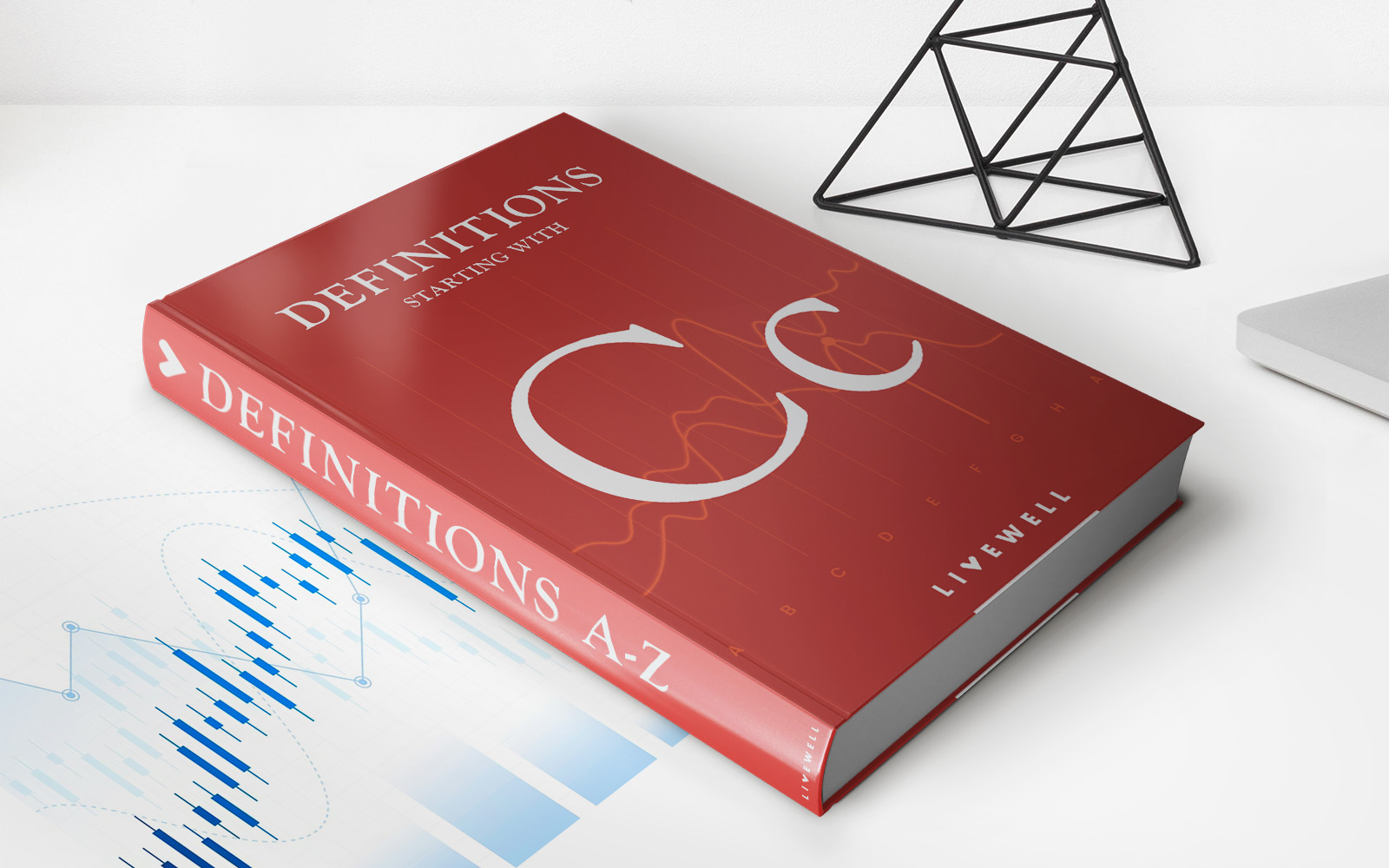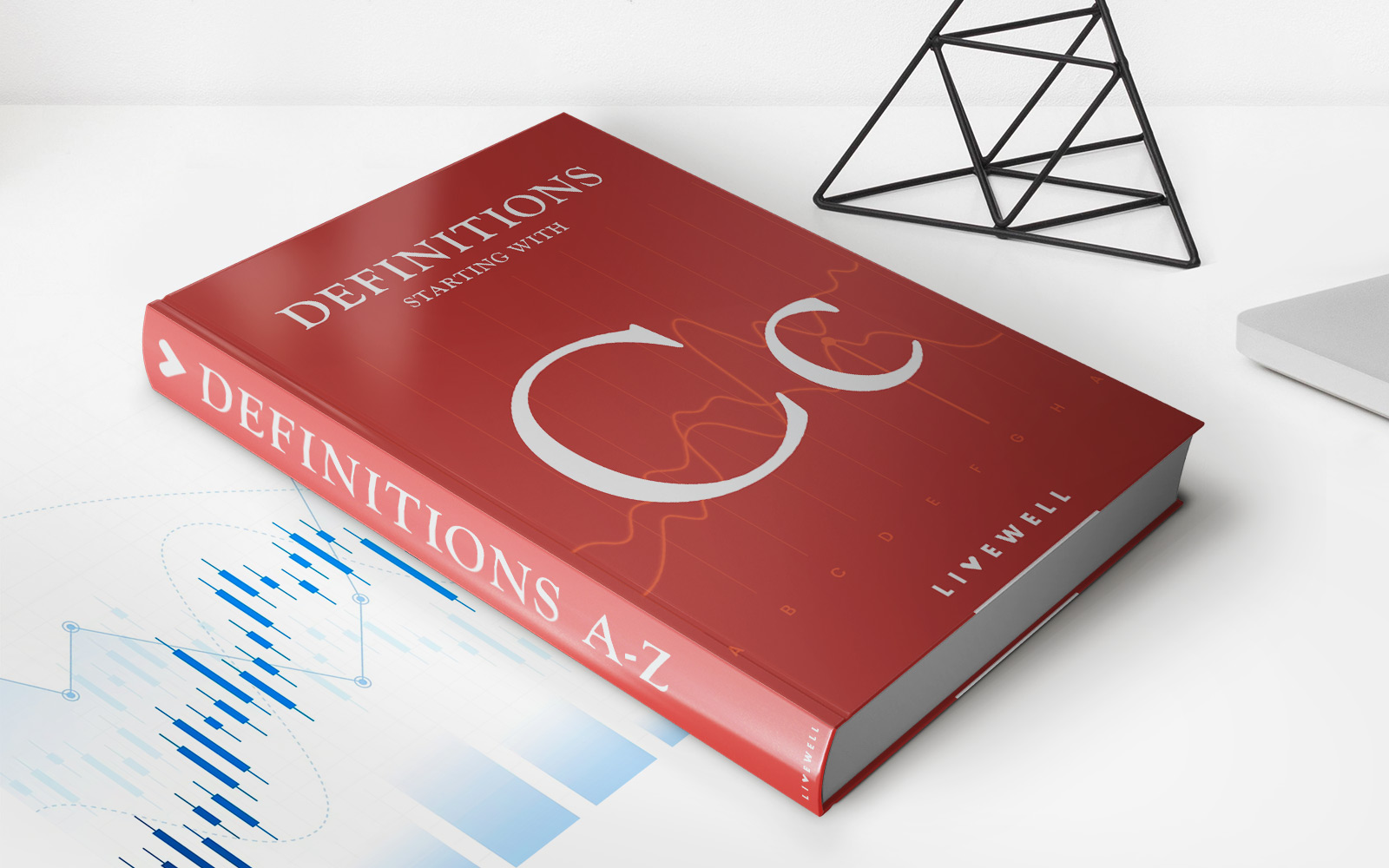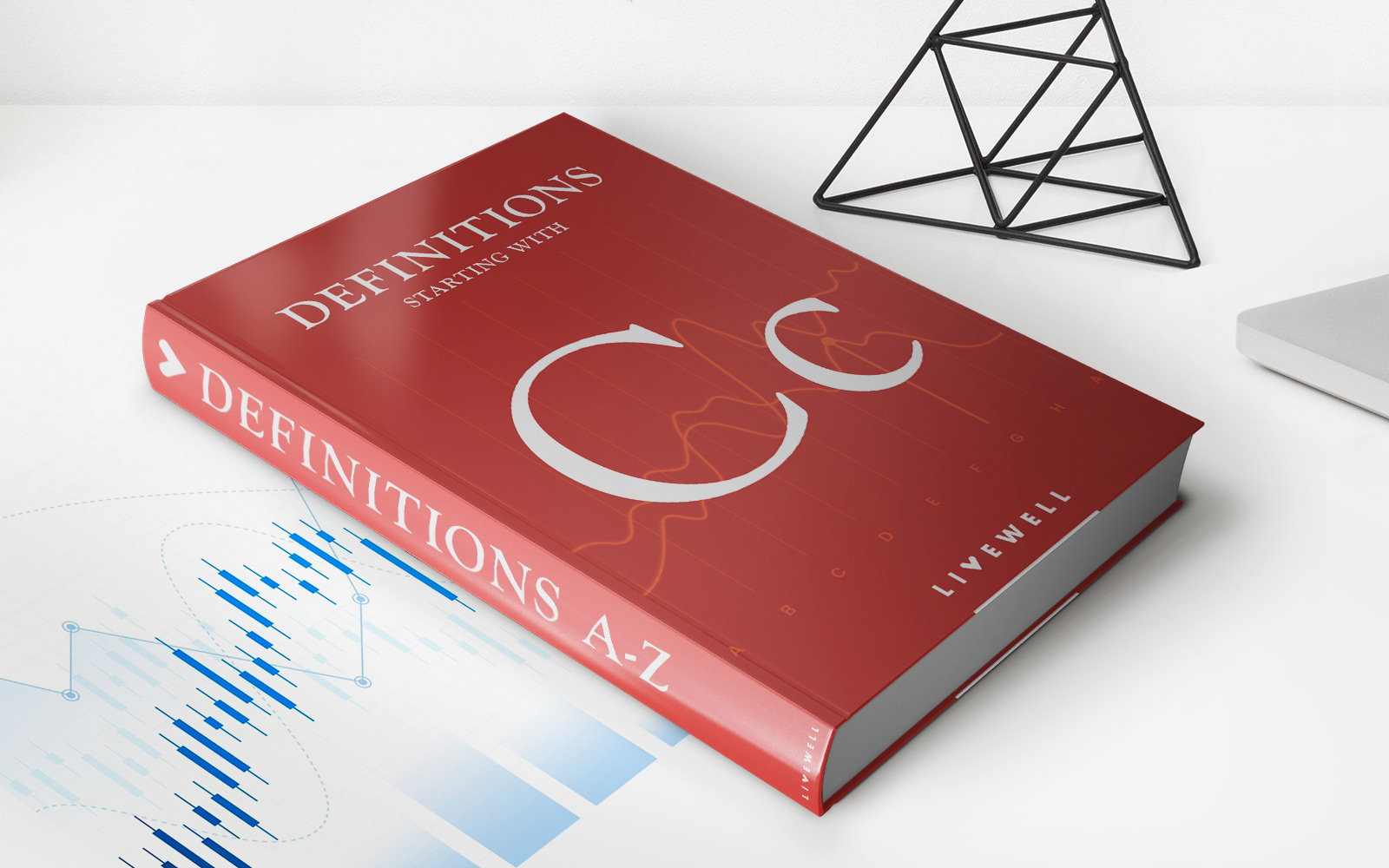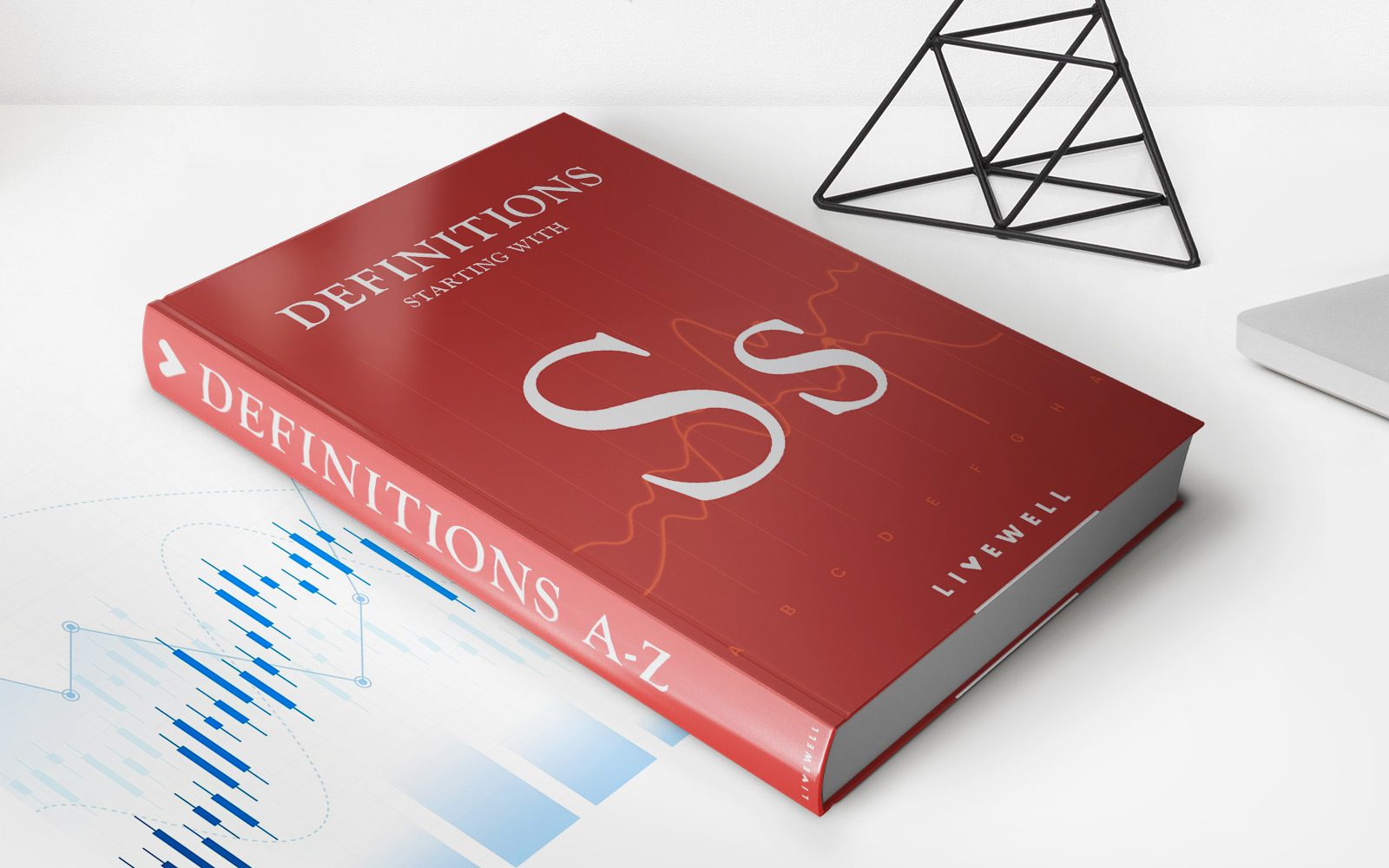Home>Finance>Consolidation: Definition, Meaning, Example, And How It Works
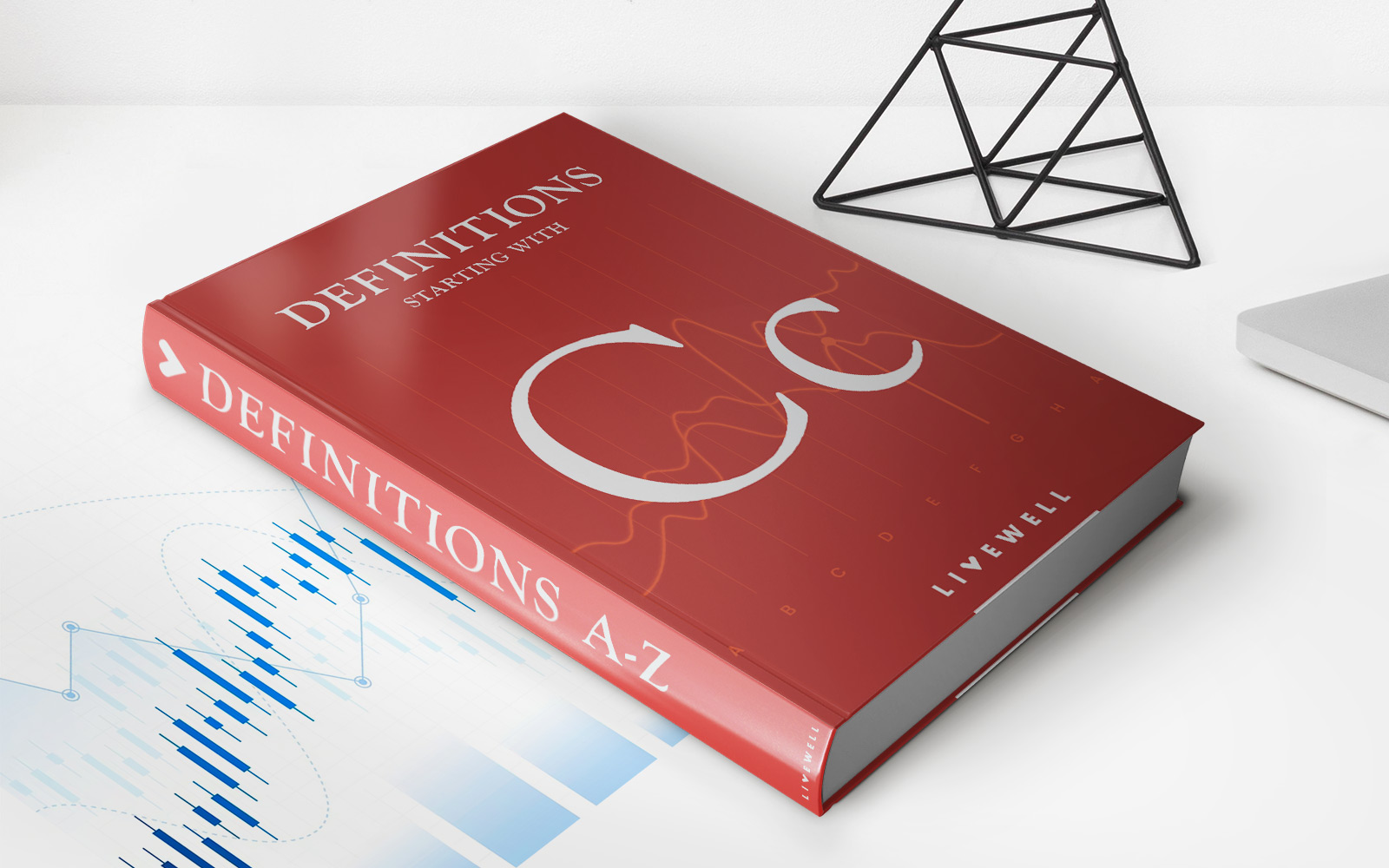

Finance
Consolidation: Definition, Meaning, Example, And How It Works
Published: November 1, 2023
Learn the definition, meaning, and example of consolidation in finance, as well as how it works to streamline financial processes and improve efficiency.
(Many of the links in this article redirect to a specific reviewed product. Your purchase of these products through affiliate links helps to generate commission for LiveWell, at no extra cost. Learn more)
Consolidation: Definition, Meaning, Example, and How It Works
Have you recently found yourself struggling with multiple debts or loan payments? It can be overwhelming and financially tiring, but fortunately, there is a solution: consolidation. In this blog post, we will explore the definition, meaning, example, and how consolidation works, helping you understand how it can alleviate your financial burden.
Key Takeaways:
- Consolidation refers to combining multiple debts into one, often resulting in a lower interest rate and simplified payment structure.
- A consolidation loan or program involves taking out new credit to pay off existing debts, allowing you to manage your finances more efficiently.
Imagine having several loans with different interest rates, due dates, and payment amounts. Not only is it challenging to keep track of, but it can also become financially challenging. This is where consolidation steps in to save the day. So, what exactly is consolidation?
Consolidation is the process of combining multiple debts, such as credit card balances, student loans, or personal loans, into a single loan or credit facility. By doing so, you can simplify your repayment schedule and potentially secure a lower overall interest rate. With consolidation, you streamline your debts into one convenient payment each month, making it easier to manage your finances.
Here’s an example to illustrate how consolidation works. Let’s say you have three different debts:
- Student loan with a balance of $15,000 and an interest rate of 6%.
- Credit card debt with a balance of $5,000 and an interest rate of 18%.
- Personal loan with a balance of $10,000 and an interest rate of 9%.
With consolidation, you can approach a financial institution or lender to obtain a new loan that covers the total amount of your existing debts. Let’s say you secure a consolidation loan with an interest rate of 5%. This new loan would effectively pay off your individual debts, leaving you with one loan and a single monthly payment of $30,000 at a 5% interest rate.
The benefits of consolidation extend beyond simplifying your finances. By securing a lower interest rate, you may end up saving money over time, reducing the overall cost of repayment. Additionally, consolidation can improve your credit score as you consistently make your monthly payments on time.
So, how does consolidation work? Here’s a step-by-step breakdown:
- Evaluate your current debts: Assess your existing debts, including balances, interest rates, and payment schedules.
- Research reputable lenders: Take the time to research and compare consolidation lenders or programs to find one that suits your needs and offers favorable terms.
- Apply for a consolidation loan: Once you’ve chosen a lender, apply for a consolidation loan or program, providing all necessary documentation and information.
- Review loan terms: Carefully review the terms of the consolidation loan, including interest rates, repayment period, and any associated fees or charges.
- Consolidate your debts: Upon approval, the lender will disburse the consolidation loan funds, which you will use to pay off your existing debts.
- Make timely payments: Going forward, make regular and timely payments on your consolidation loan to ensure your financial stability and improve your credit score.
Consolidation is a powerful tool that can help individuals regain control over their finances. By eliminating the stress of multiple debts and streamlining payments, consolidation allows you to focus on your financial goals, whether it’s paying off your loan faster or saving for the future.
In conclusion, consolidation is a practical solution for managing multiple debts. By combining your loans into one, you simplify your finances and potentially save money through lower interest rates. So, if you find yourself drowning in debt, don’t despair. Consider consolidation and take the first step towards a brighter financial future.



